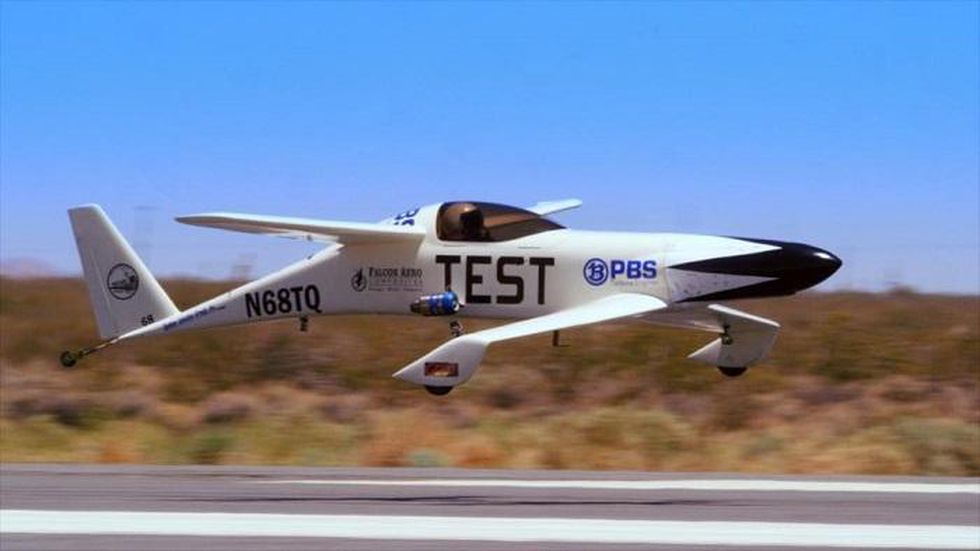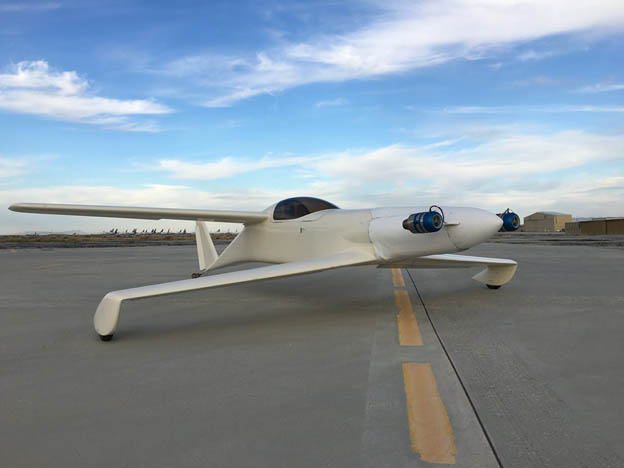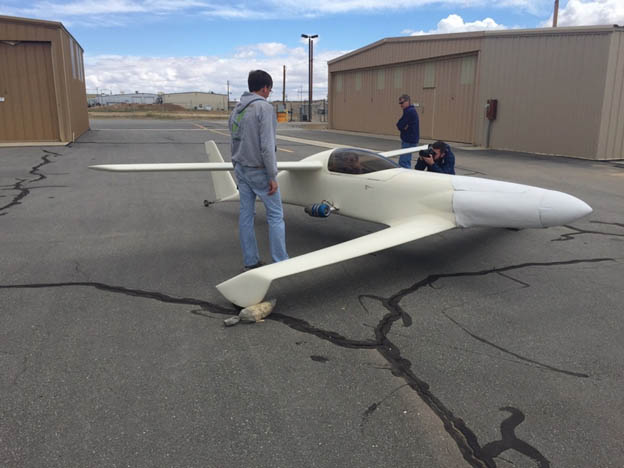Twin engines Research Project

TWERP, N68TQ is a Rutan Quickie Q1 designed and modified by Wasabi test flight for installation of two small PBS TJ-40 turbojet engines. The program goal was to be a flying test bed for the first manned application of these engines, and study their performance and reliability, specifically at altitude. The Quickie was chosen for its very low overall drag (~0.9 sq ft), ideal for testing the next generation of small engines.

Engine Location
The stock Quickie engine was mounted on the front of the fuselage and weighed approximately 80 pounds, compared to the jet engines which weighed 8 pounds each.

The nose of the airplane was extended approximately three feet to put the jets far enough forward on the fuselage to make up for that difference in weight.
Very short engine runs were enough to shown that skin temperatures would be too hard to control in that nose location. The fuselage skin aft behind and below the aft wing was reaching 170 degrees fahrenheit even at idle power with a headwind.
As a result the engines were moved aft of the pilot and below the main wing.

This location took advantage of the seat back bulkhead to carry the thrust loads into the fuselage but put the weight of the engines behind the CG.
In order to get the airplane within the published range of CG fifty pounds of ballast were installed in the nose of the airplane. Ground runs in this aft location proved that surface temperatures would not be a problem regardless of winds or power setting.
The worst temperatures were observed at idle power with a quartering tailwind. At the higher power settings the exhaust plume (while hotter) was narrower and from a temperature standpoint did not impinge on the tail.

